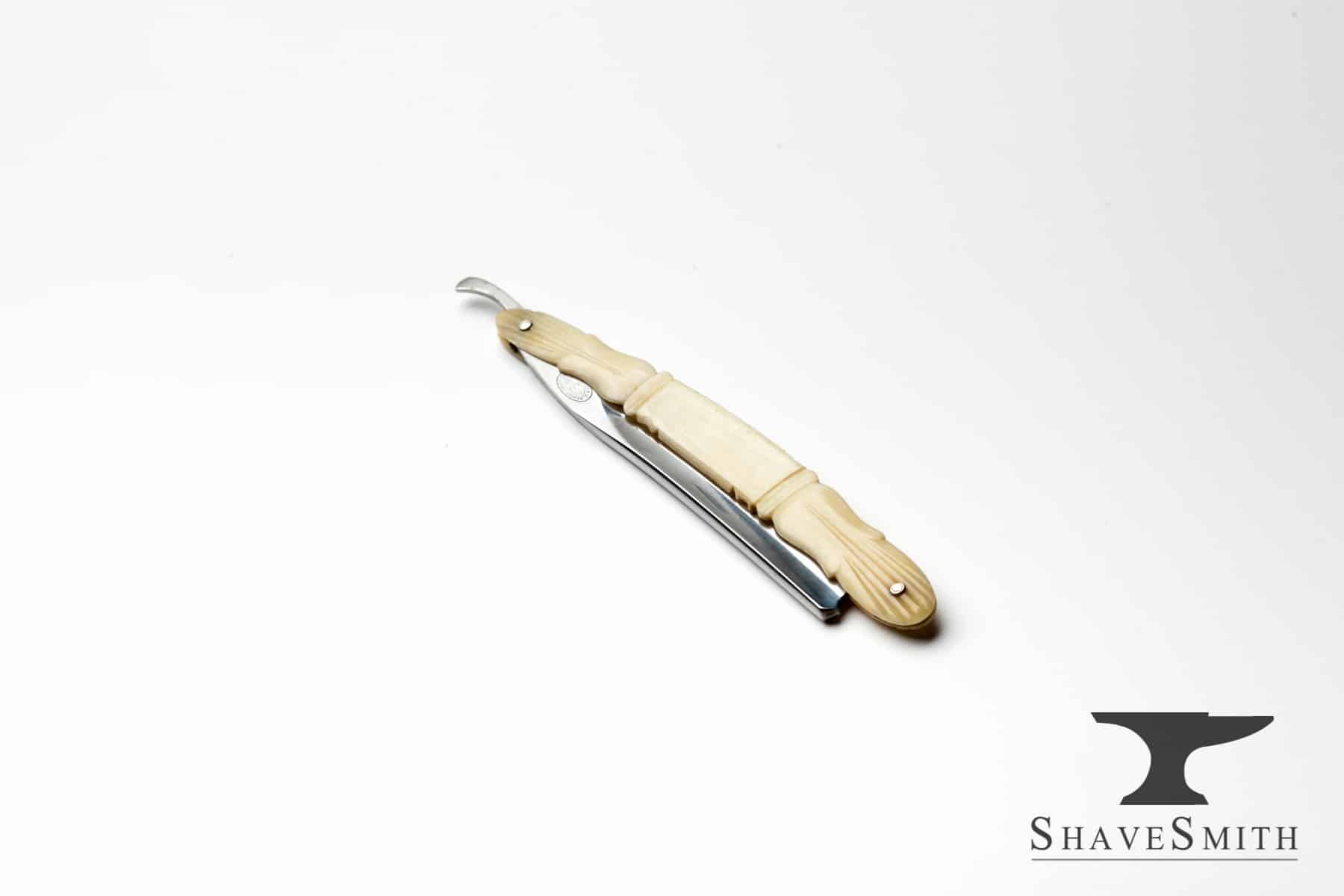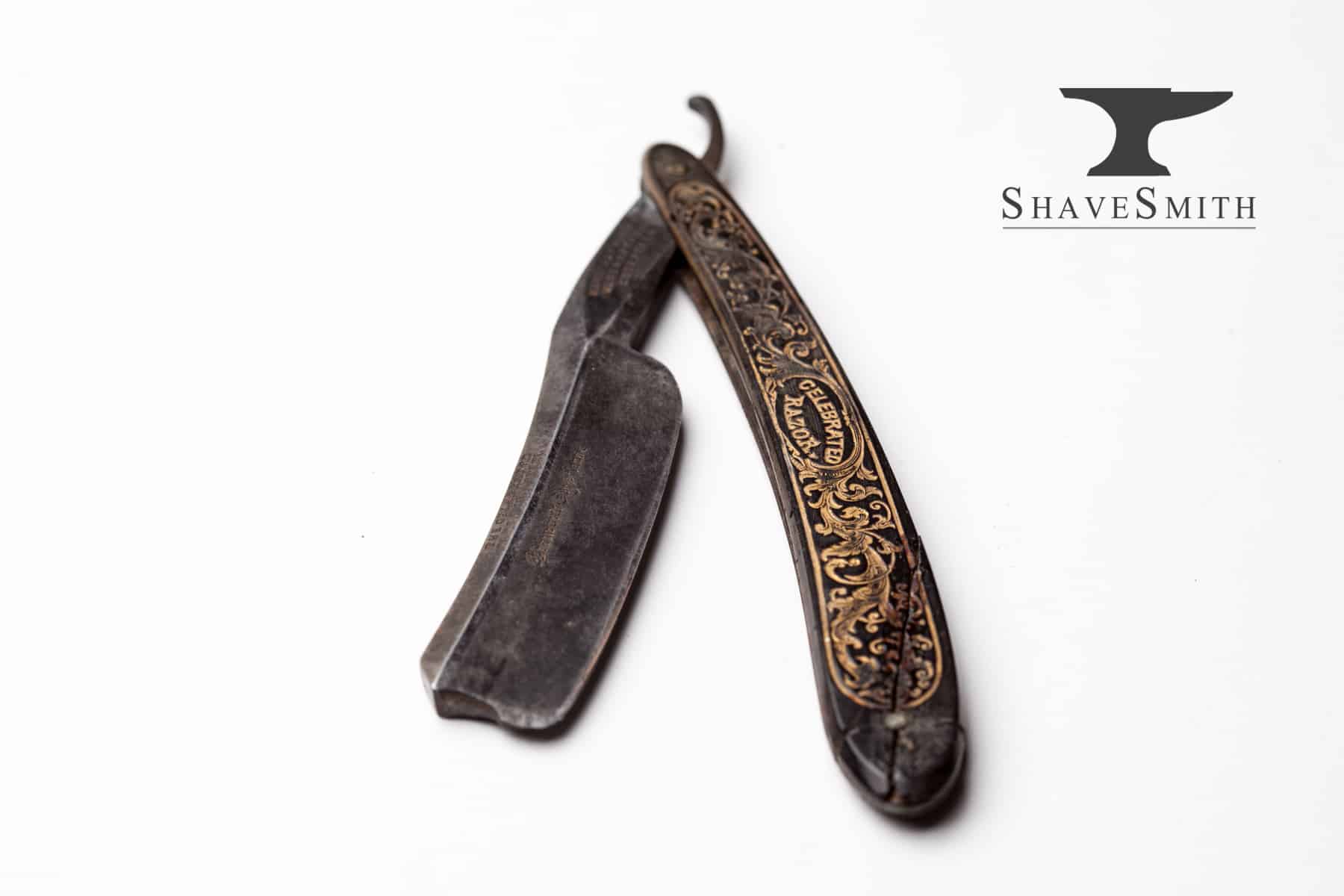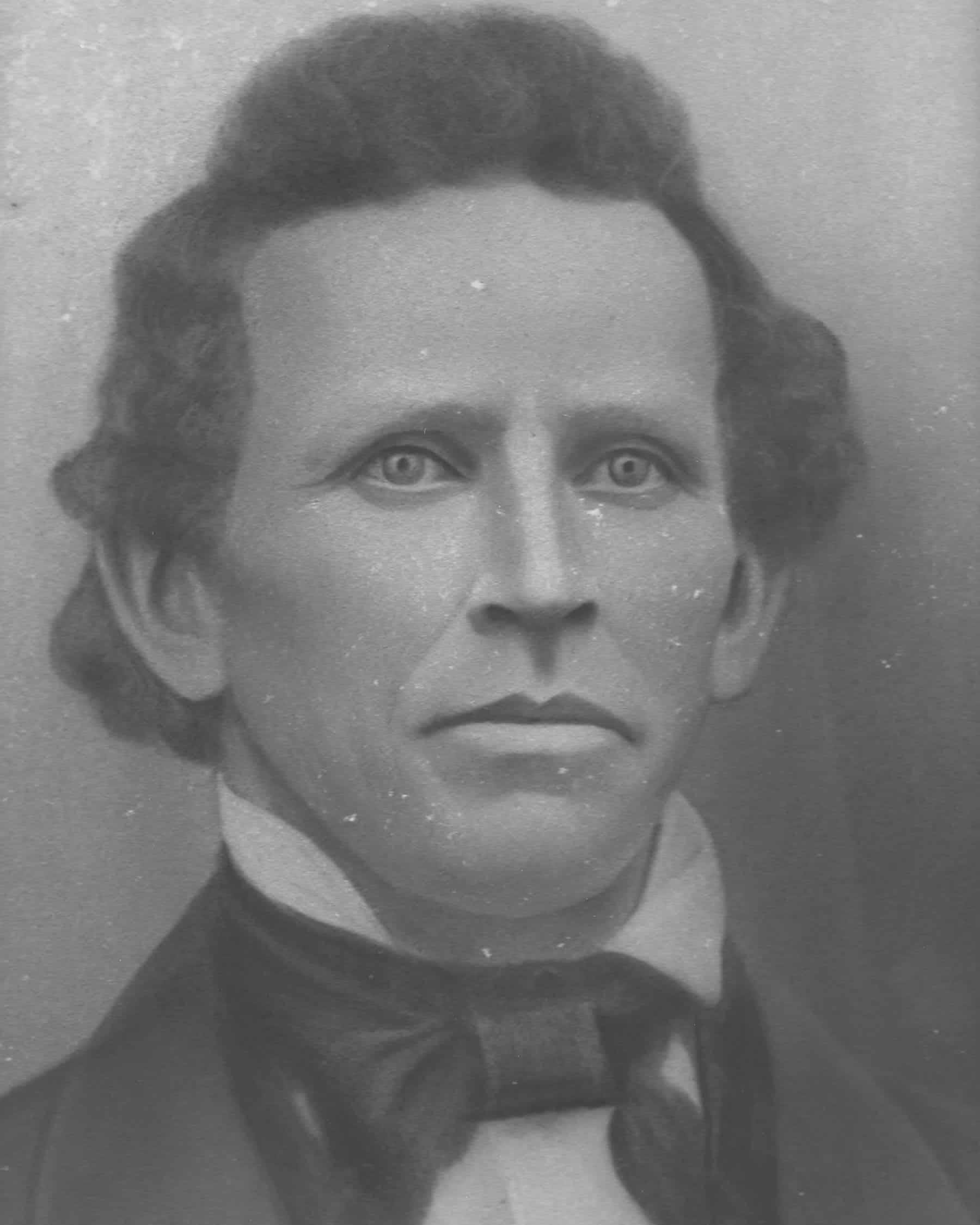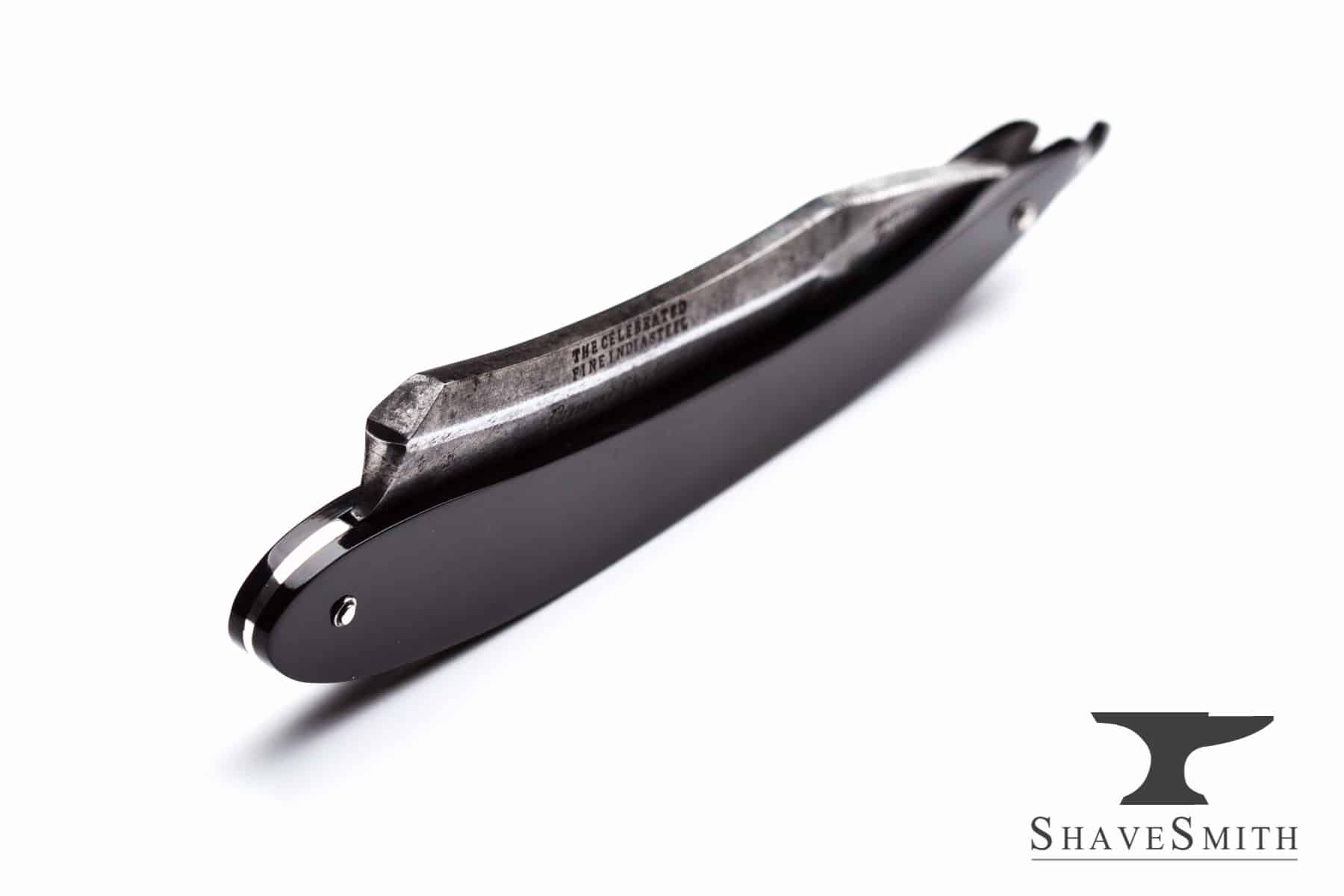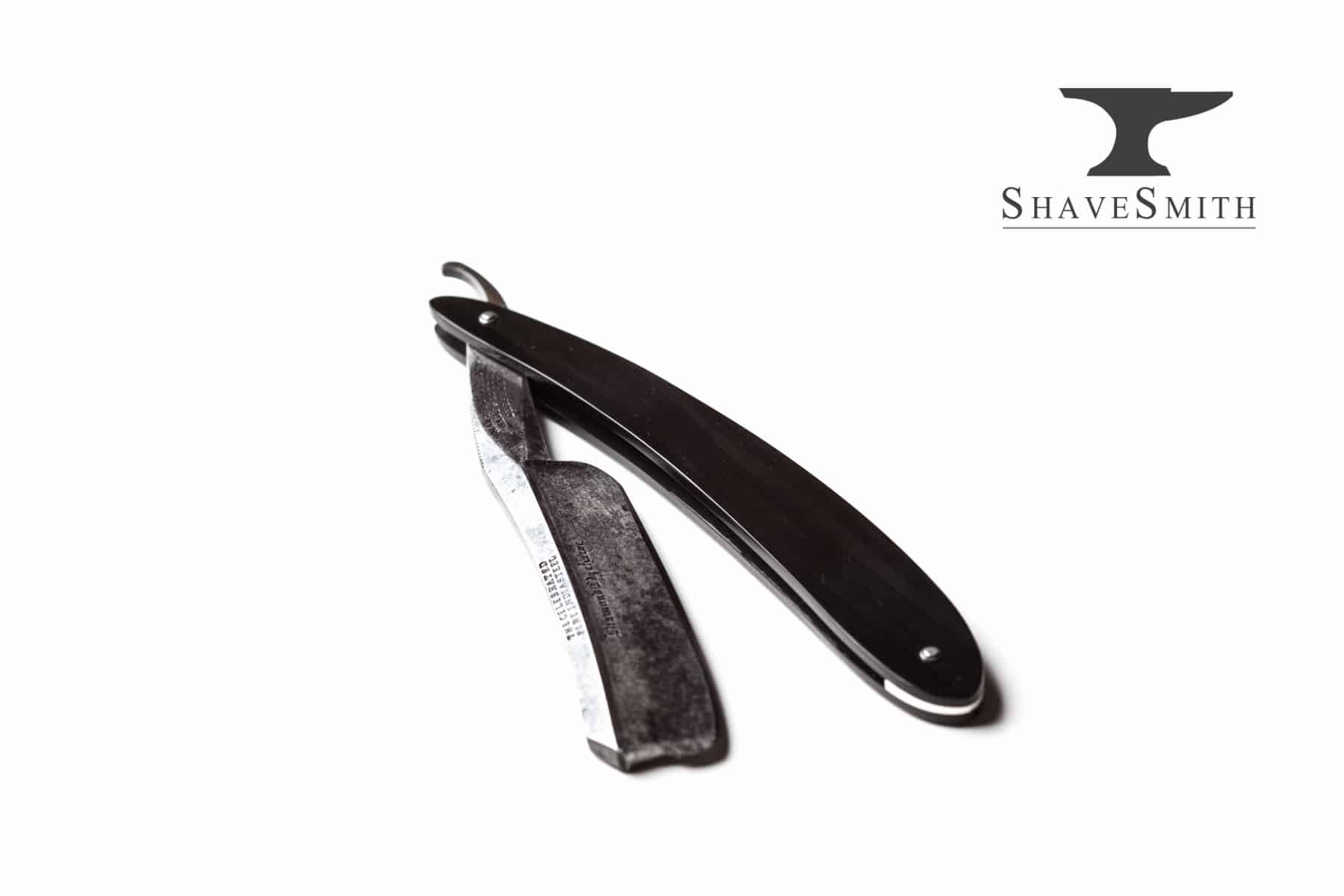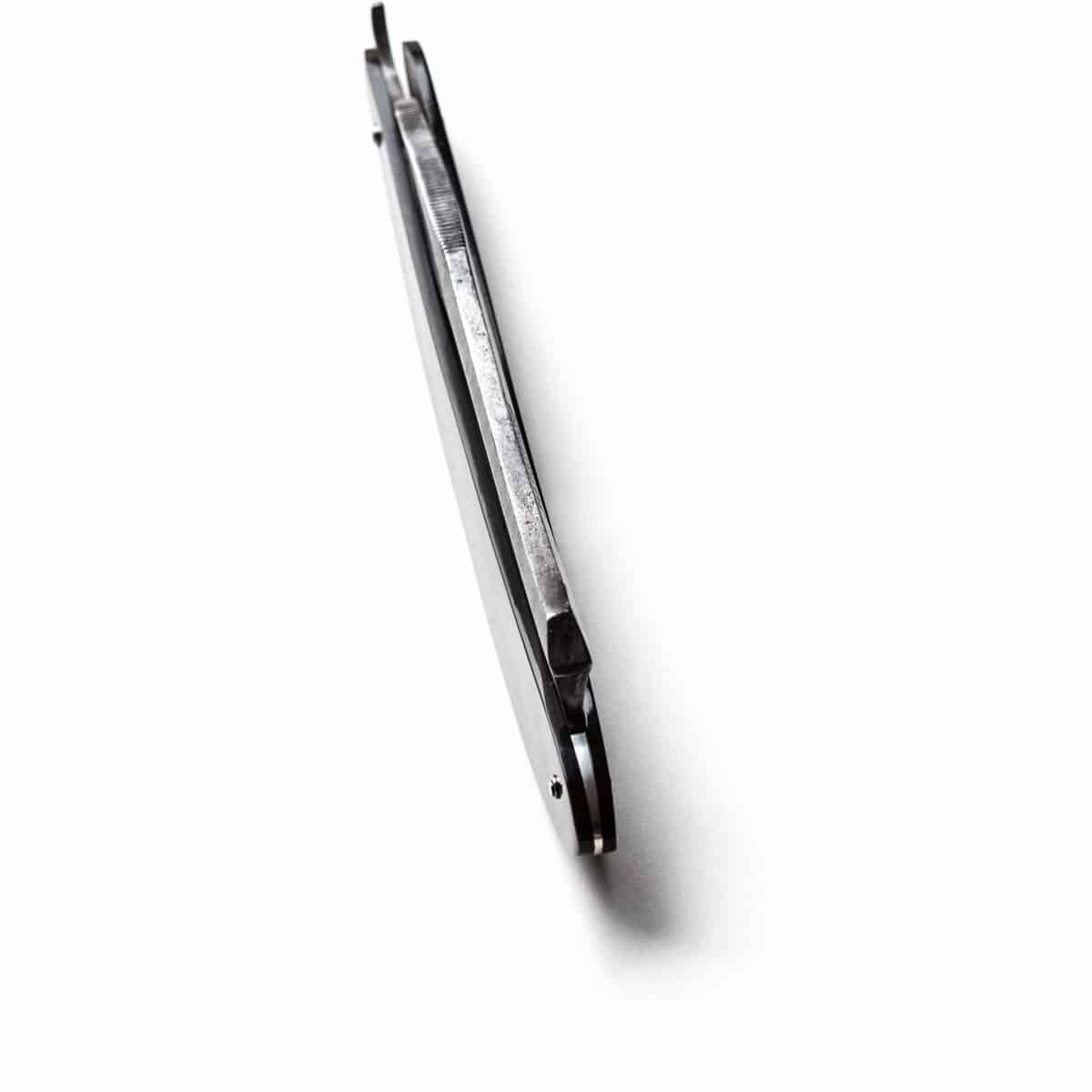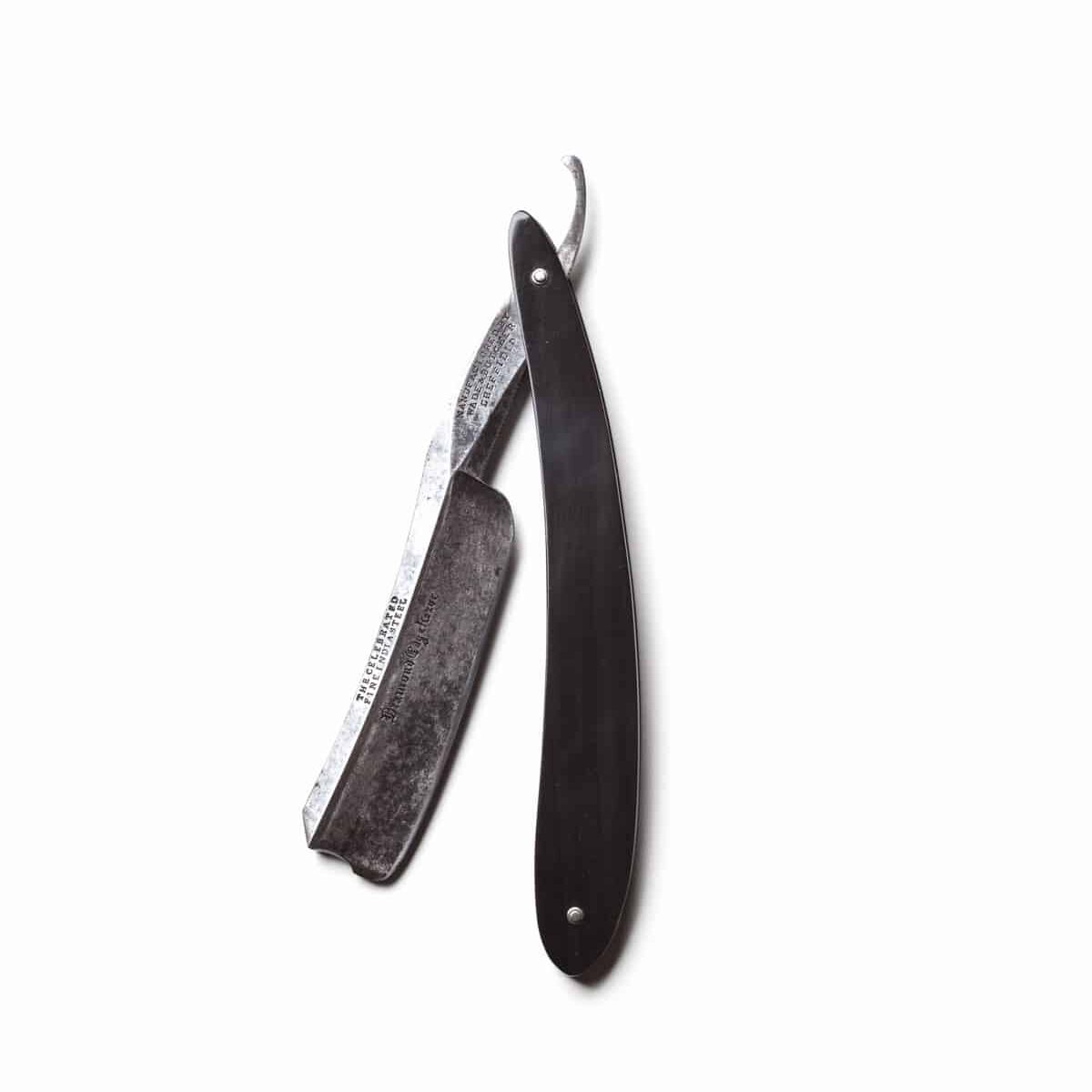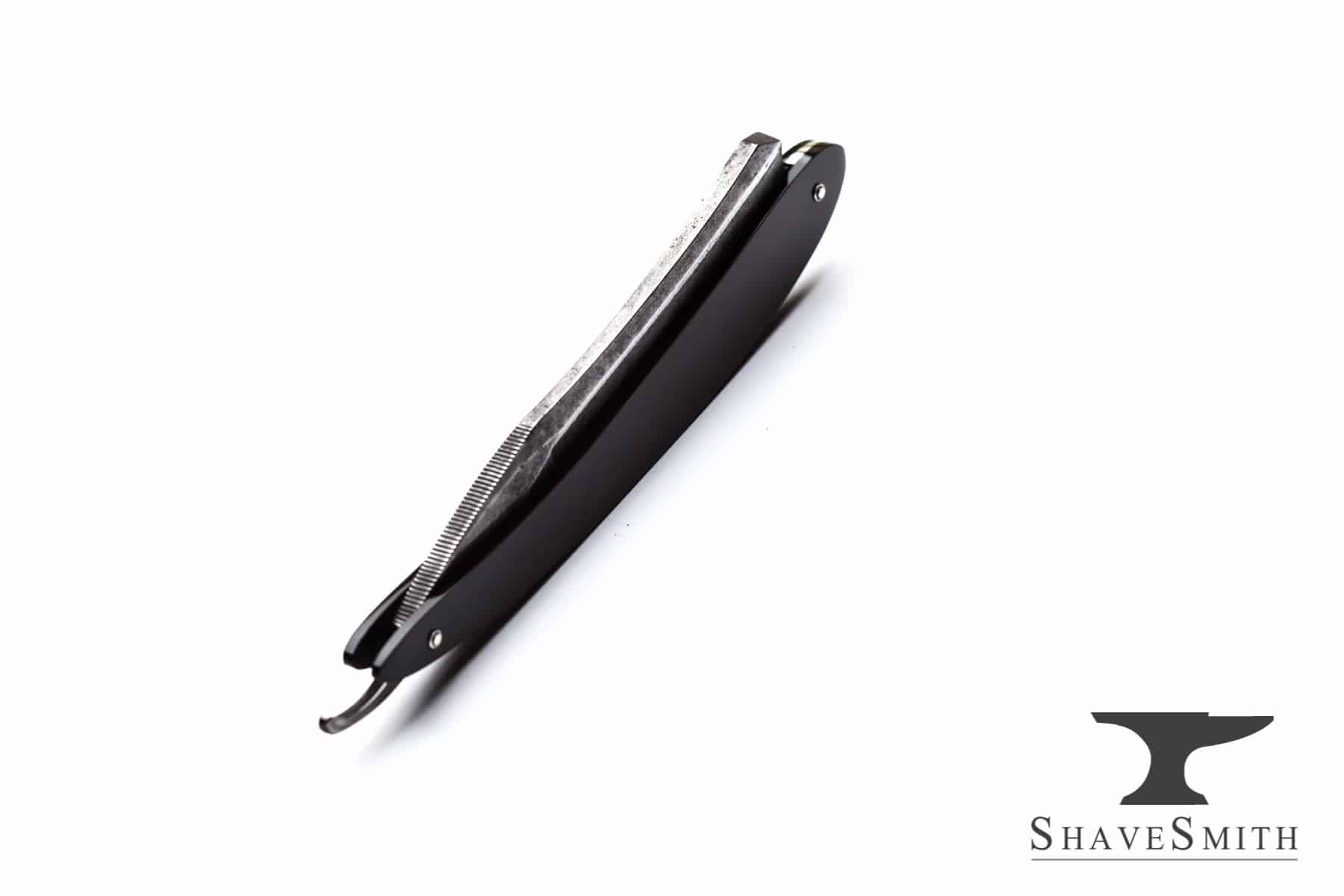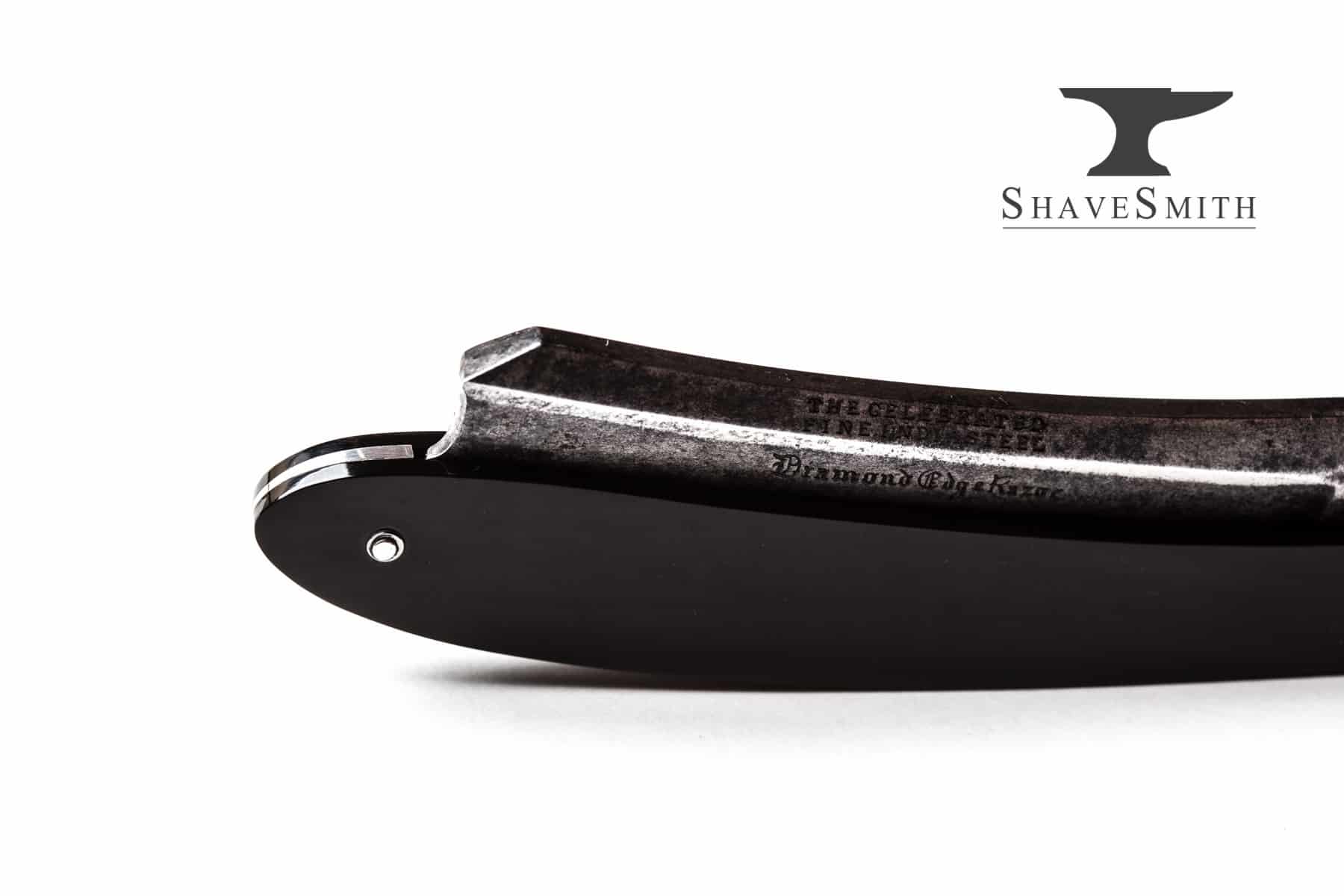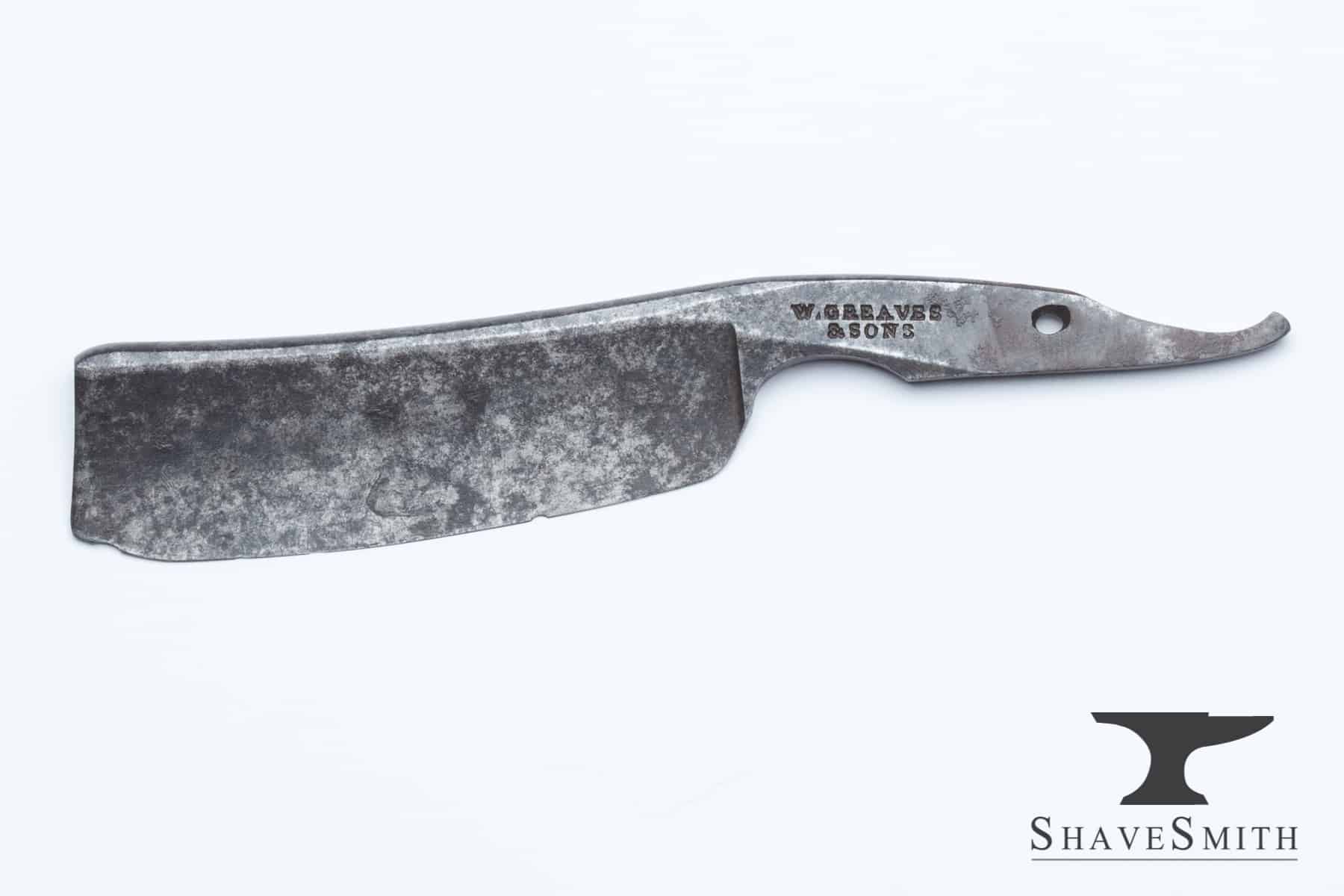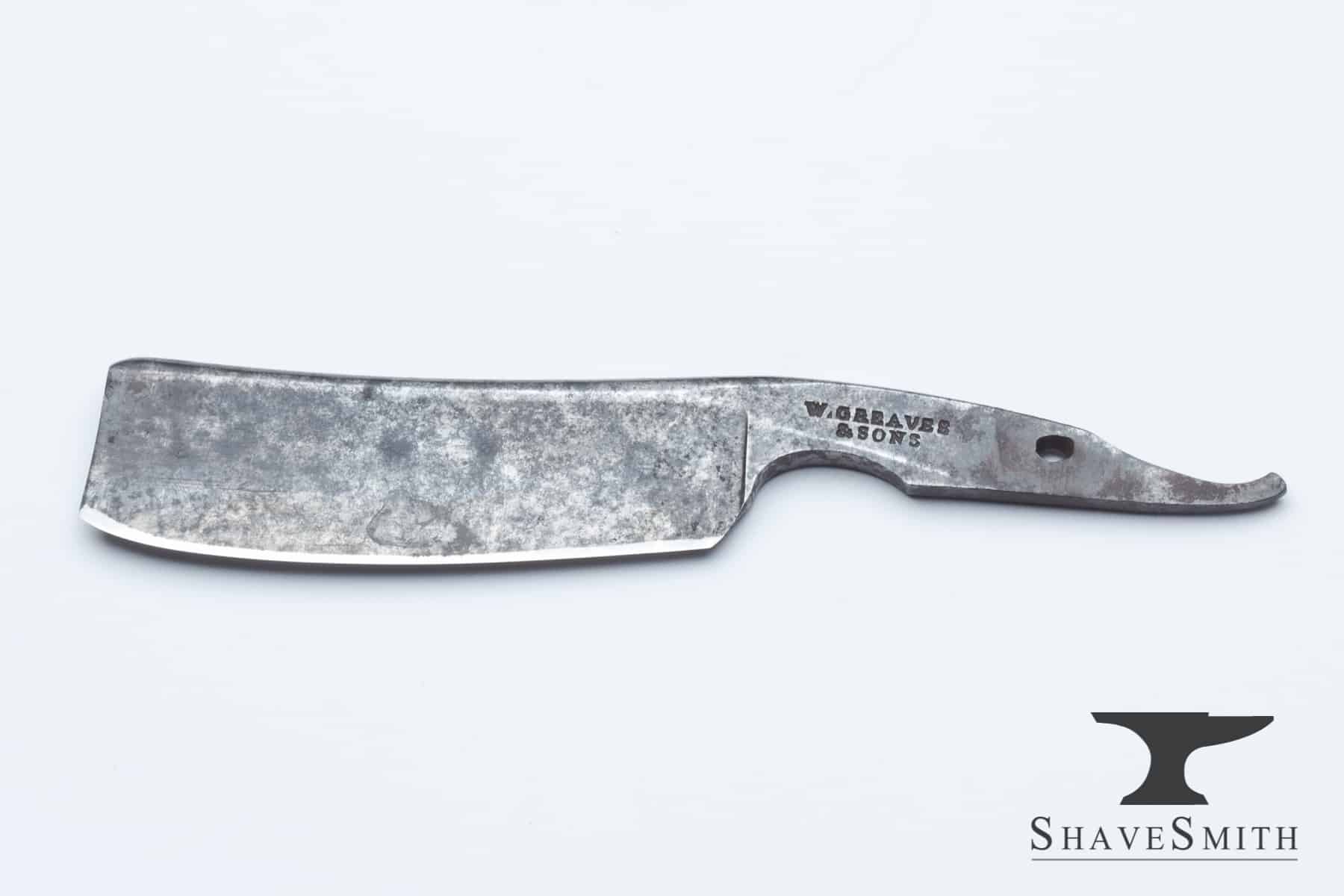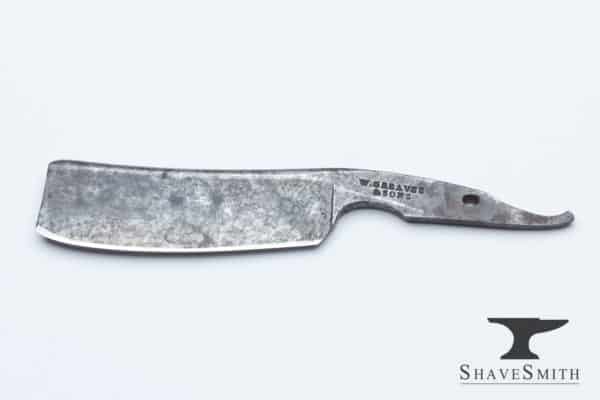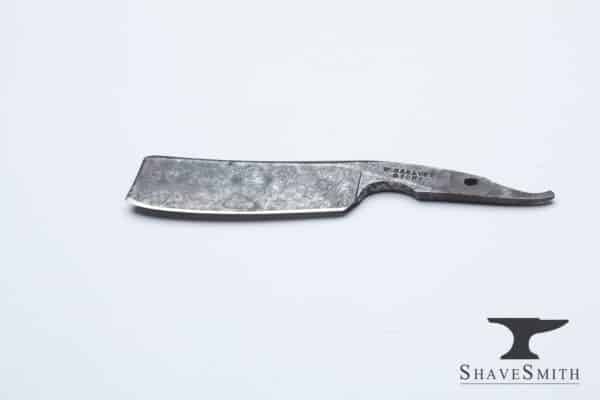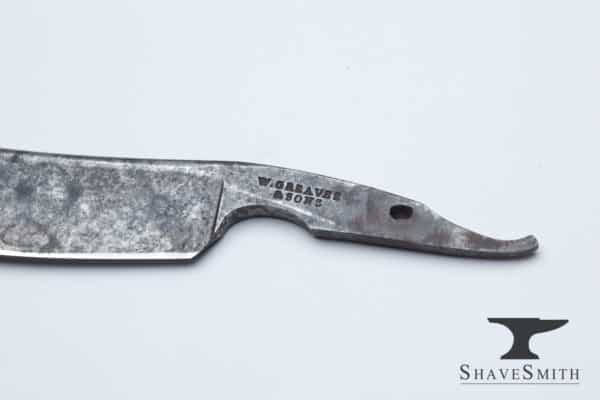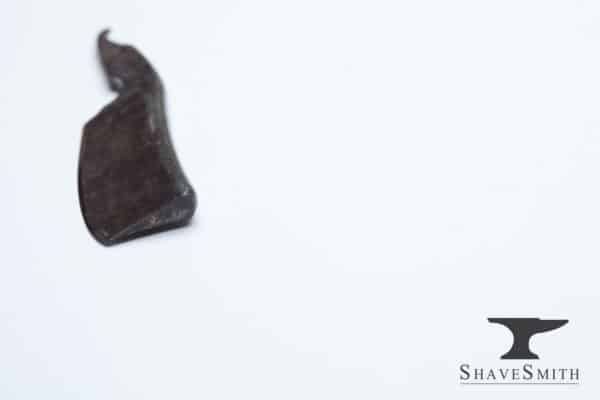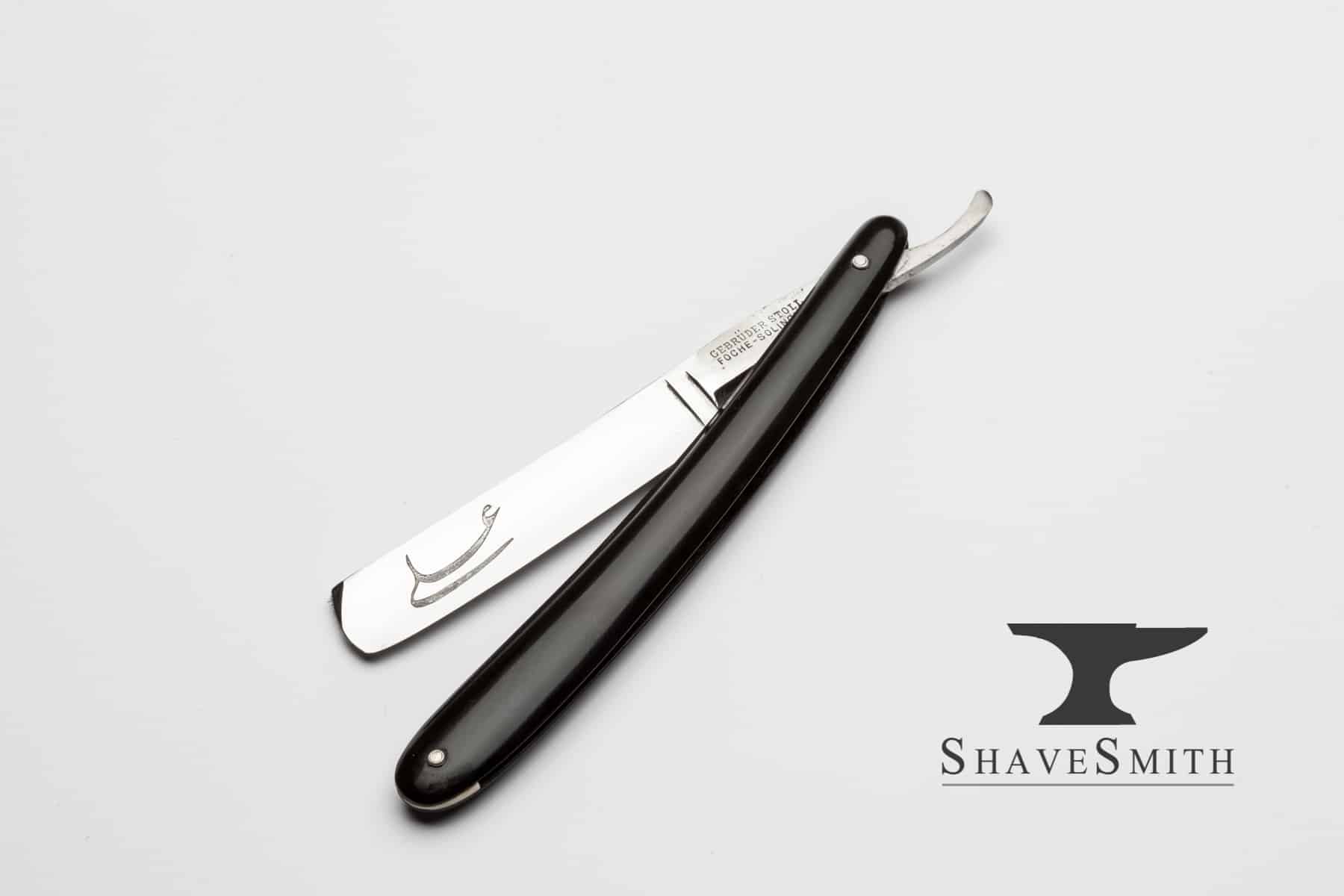Sometimes I get a bit of history with the heirlooms that come into the shop.
This razor was in need of a new set of scales, and the edge required restoration. A bit of tarnish on the steel, but after holding it in my hands and taking a close look – it’s just age. One thing I cannot create.
I love blades like this. I want to keep the patina, and design alongside it. Not remove it. This tarnish is a sign that this razor has outlived us, and will continue to do so.
I restored this simply, and wanted to respect the steel as much as possible. The new handles I crafted are polished ox horn with a argentum silver wedge. Just a simple, traditional, elegant way to support a blade with a story.
Here’s the story of Thomas Melvin Smith, and this blade:
*account from the owner
Thomas Melvin Smith (1821-1908) was a soldier in the 2nd Co, 36th Rgt. of Confederate troops, a heavy artillery regiment that manned the guns at Fort Fisher, outside Wilmington, NC during the Civil War.
Fort Fisher was the Confederacy’s lifeline to the outside world due to the Union blockade and blockade runners frequently ran the blockade under the protective guns of the fort bringing badly needed medicine, ordinance, and supplies to the South.
All blockade runners had to carry a certain percentage of military goods on the inbound voyages and carried cotton to England on the outbound, but they were also allowed to bring in personal
merchandise which would sell for exorbitant prices to the beleaguered population.
Needless to say, not all blockade runners made it, and many ran aground off the beach by Fort Fisher. Since blockade runners ran the blockade at night, ships that ran aground were often unloaded in the darkness as much as possible before the Federal Fleet sighted the stranded ships at sunrise and shelled them into oblivion.
According to family lore, my grandfather helped to unload a stranded runner one night off the beach and procured this razor from the cargo. He took it home on furlough in late 1864.
Thomas Melvin Smith was captured with the entire garrison of the fort in Jan 1865 and sent to Elmira Prison in NY, where he miraculously survived and returned to NC in July of 1865.
From there, the blade was passed to his son, then grand-daughter, then to her daughter who gave it to her husband. I inherited the blade from him after he died in 1990.

